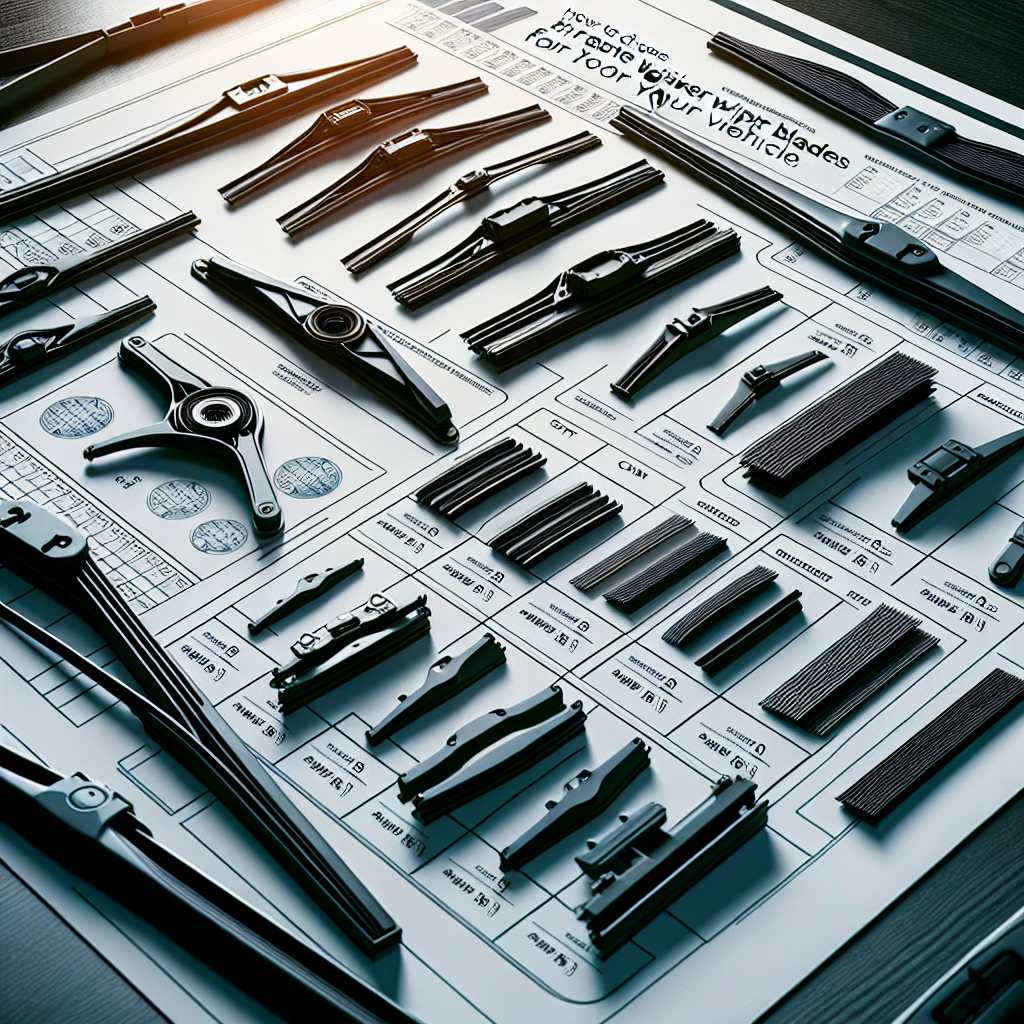European cars have long been celebrated for their engineering excellence, style, and performance. More recently, they’ve been at the forefront of another crucial automotive evolution: driver assistance and safety technology. This shift aligns perfectly with the increasing global emphasis on road safety, and it’s worth exploring how European automakers are setting new standards in this domain.
Driver assistance systems are designed to enhance the driver’s ability to operate the vehicle safely by minimizing errors and improving response times. One of the most significant advancements in this realm is the proliferation of Advanced Driver Assistance Systems (ADAS), an umbrella term that encompasses various technologies such as adaptive cruise control, lane-keeping assist, automatic emergency braking, and more.
Adaptive Cruise Control (ACC)
Adaptive Cruise Control has revolutionized the traditional cruise control system by adding a radar sensor, enabling the vehicle to automatically adjust speed to maintain a safe distance from the car ahead. Pioneered by companies like Audi and BMW, ACC mitigates the risks of human error, especially during long road trips or in heavy traffic.
Lane-Keeping Assist
Another innovative feature gaining traction is Lane-Keeping Assist. This system uses cameras to detect lane markings and gently steers the vehicle back into its lane if it starts to drift without user signaling. Mercedes-Benz has been particularly aggressive in refining this technology, making it more intuitive and less intrusive for drivers.
Automatic Emergency Braking (AEB)
Perhaps one of the most critical advancements is Automatic Emergency Braking, a system that can sense imminent collisions and apply the brakes autonomously to mitigate impact. Volvo, a brand synonymous with safety, has been a pioneer in this field. Their City Safety system is already credited with reducing rear-end crashes by facing city traffic challenges head-on.
Night Vision Assist
European cars have also pushed the envelope with Night Vision Assist, an advanced technology that utilizes thermal imaging to detect pedestrians, animals, and other obstacles in low-light conditions. BMW was one of the first to introduce this feature, significantly improving nighttime driving safety.
Real-World Impact
The Insurance Institute for Highway Safety (IIHS) has reported that vehicles equipped with ADAS features are involved in significantly fewer accidents. According to their extensive testing, vehicles with automatic emergency braking systems see a 50% reduction in rear-end crashes. These compelling statistics underscore the vital role that advanced safety technologies play in protecting passengers and other road users. For a deeper dive into real-world data supporting these claims, consider visiting the IIHS website.
The Role of Regulations
European legislation has been instrumental in driving the adoption of these cutting-edge technologies. The European Union has mandated that all new vehicles be equipped with specific driver assistance features starting in 2022. This initiative ensures that Europe continues to lead the way in automotive safety, compelling manufacturers to innovate continually.
Conclusion
In summary, European cars are not just about luxury and performance; they are now synonymous with safety and reliability. The various driver assistance systems developed and perfected by European automakers have set new industry standards that prioritize driver and passenger safety. For anyone considering a vehicle equipped with state-of-the-art safety features, European models offer a compelling choice that aligns with the ethos of "safety first."


